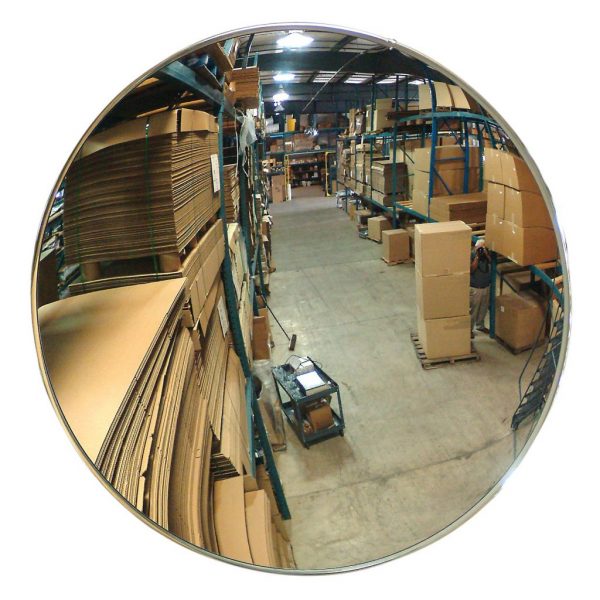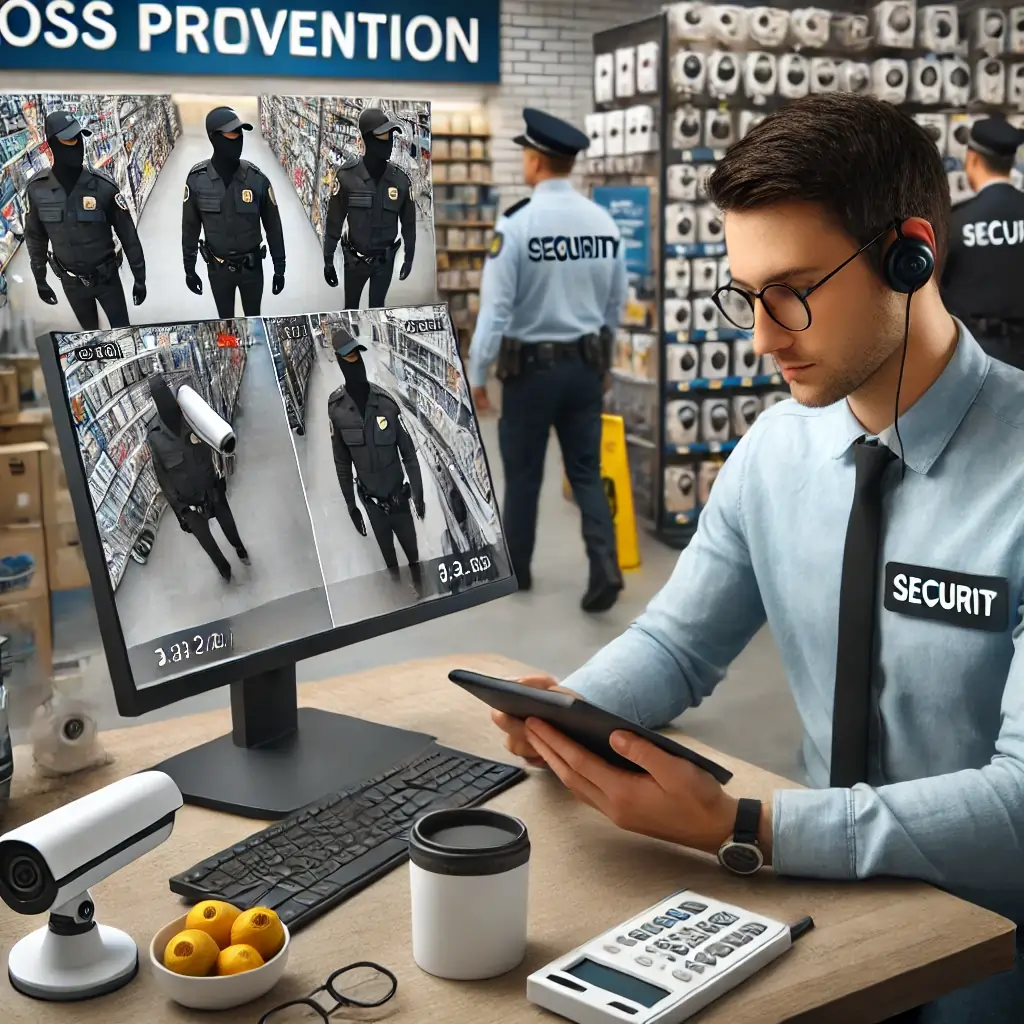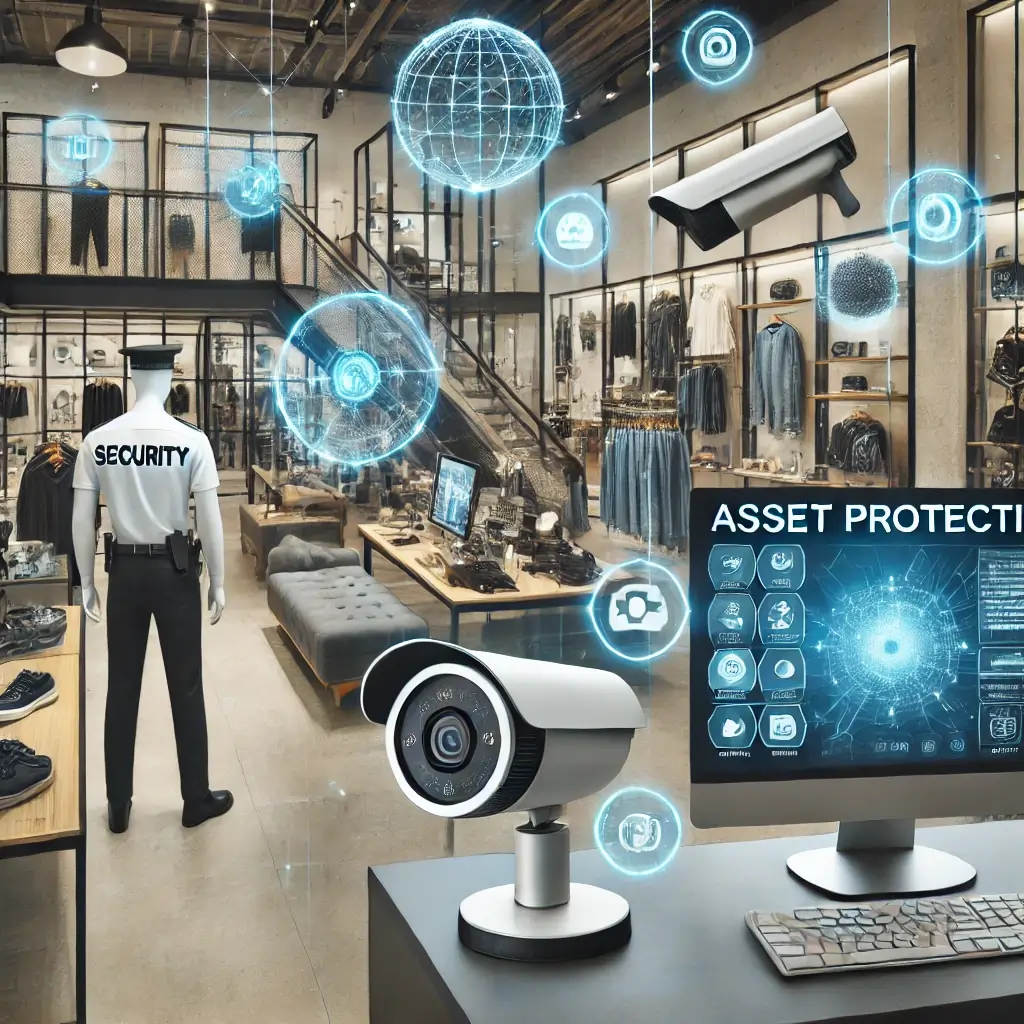Retail theft is a significant challenge for businesses, costing the industry billions annually in lost revenue. Whether it’s shoplifting, employee theft, or organized retail crime, the impact extends beyond financial losses to include diminished customer trust and compromised store operations. To combat these risks, retailers must adopt proactive measures, including theft prevention systems and advanced security devices.
In this article, we’ll explore the most effective retail theft prevention strategies, highlight essential technologies, and provide actionable insights to help safeguard your business, protect your inventory, and create a secure shopping environment for employees and customers alike.
Understanding Retail Theft
Retail theft is one of the most pressing challenges faced by businesses today, with its effects rippling across industries of all sizes. This form of theft encompasses a variety of activities, including shoplifting, employee theft, fraud, and organized retail crime (ORC). To effectively combat these issues, it’s crucial to understand the different types of retail theft, their causes, and their broader implications.
Types of Retail Theft
1. Shoplifting
Shoplifting is the most common form of retail theft, involving customers who deliberately conceal or remove items without paying. Common tactics include switching price tags, hiding items in bags, or walking out with unpaid merchandise.
2. Employee Theft
Internal theft by employees accounts for a significant portion of retail losses. This can include stealing cash from registers, misusing discounts, or taking merchandise without authorization.
3. Fraudulent Activities
Fraud involves deceptive practices such as returning stolen goods for refunds, using counterfeit currency, or committing payment fraud through stolen credit cards.
4. Organized Retail Crime (ORC)
ORC involves coordinated efforts by professional thieves or criminal groups targeting high-value items. These individuals often resell stolen goods through online marketplaces or underground networks.
The Impact of Retail Theft
1. Financial Losses
Retail theft leads to billions in annual losses, directly affecting profit margins and the ability to invest in business growth.
2. Increased Costs for Consumers
To offset theft-related losses, businesses may increase prices, passing the financial burden to customers.
3. Operational Challenges
Theft disrupts inventory management, leading to stock discrepancies, dissatisfied customers, and increased workload for staff.
4. Erosion of Trust
Employee theft damages workplace morale and trust, while frequent incidents of shoplifting may deter loyal customers from returning.
Understanding the Root Causes
1. Lack of Security Measures
Insufficient theft prevention systems, such as the absence of surveillance cameras or alarm systems, create opportunities for theft.
2. Store Layout and Blind Spots
Poorly designed store layouts with hidden areas make it easier for thieves to act unnoticed.
3. Economic Pressures
Economic downturns and financial stress can lead individuals to resort to theft, either out of necessity or desperation.
4. Technological Vulnerabilities
Advances in technology can sometimes work against retailers, with fraudsters exploiting gaps in digital payment systems or security software.
The Importance of Retail Theft Prevention
Retail theft is a widespread issue that poses a significant challenge to businesses, costing the industry billions of dollars annually. From shoplifting to employee theft, these crimes not only impact a company’s bottom line but also have far-reaching consequences that affect staff morale, customer trust, and the overall reputation of the business. Addressing retail theft isn’t just about reducing losses—it’s about safeguarding the integrity and longevity of your operation.
The High Cost of Retail Theft
• Financial Losses
Retail theft directly reduces profits, straining resources that could otherwise be used for business growth, employee incentives, or customer rewards programs. Persistent losses can even jeopardize the financial health of smaller businesses.
• Impact on Staff Morale
Employee theft undermines workplace trust, creating a tense atmosphere where suspicion may arise among team members. Furthermore, dealing with theft incidents can distract employees from their core responsibilities, leading to decreased productivity.
• Customer Trust and Experience
Frequent theft-related disruptions, such as alarms or staff interventions, can negatively impact the shopping experience. Customers may perceive a lack of security as negligence, eroding their trust in the business.
• Reputational Damage
News of theft, especially high-profile incidents, can harm a store’s reputation, making it appear vulnerable or poorly managed. This can deter customers from visiting and make the business a less attractive partner for suppliers.










